As an industry, I think designers do a terrible job of conveying to the public how we charge. The differences in the industry are also not helping us to build trust among the general public. Most prospective clients who contact me have no idea what they should expect regarding pricing. In comparison, those who have worked with other designers before are often wary that we do things differently from what they have seen in the past.
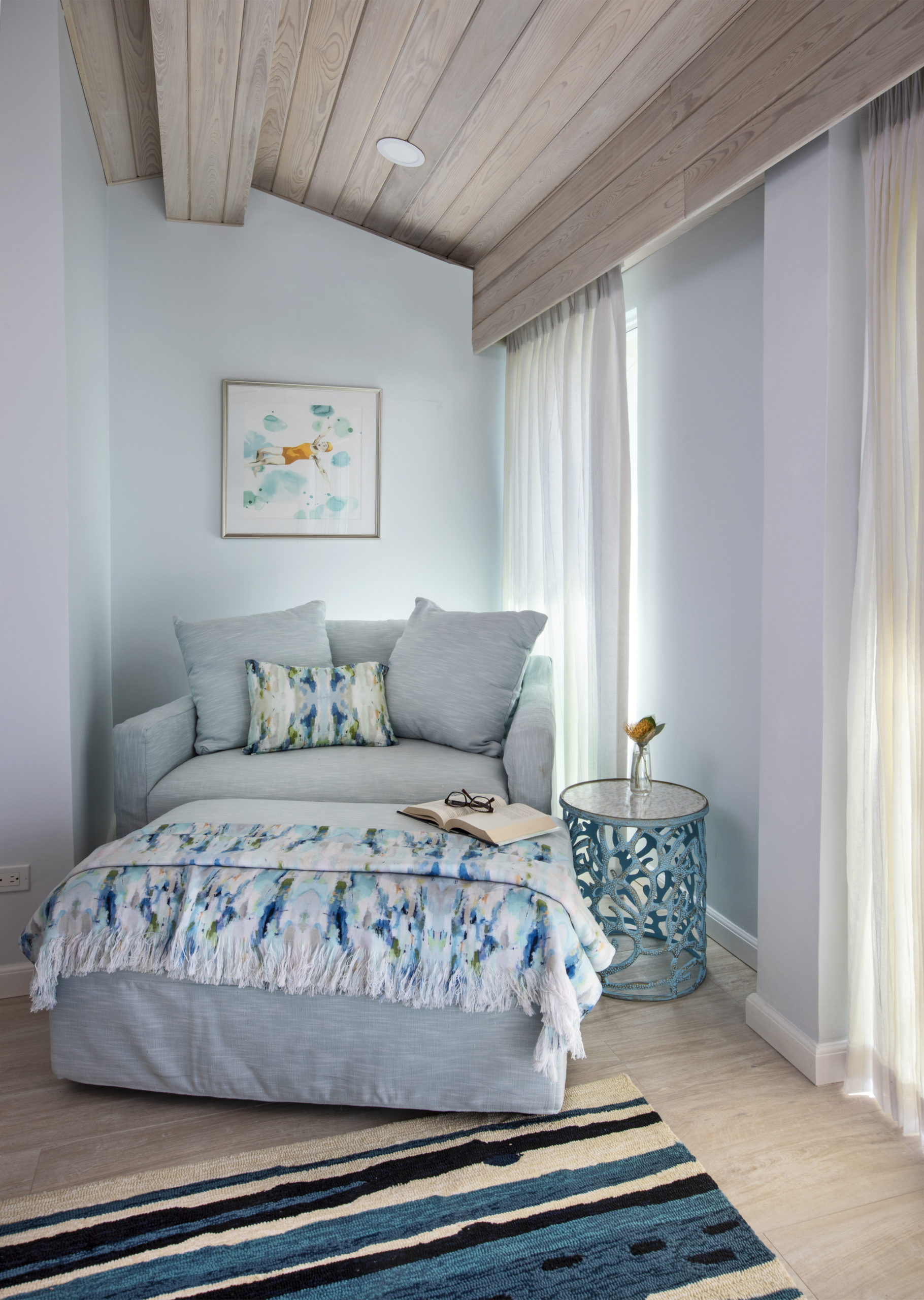
Interior designers are creatives by nature; for the most part, we are small business owners. Each designer knows their business, their niche, and the clients they hope to work with, so we create a workflow that we feel will best serve the needs of that ideal client and simultaneously maximize our strengths as creative entrepreneurs. Of course, this means different business models! When you think about it, small businesses owned by creatives who are doing things in various ways don’t seem that unusual.
I hope this series of articles shines some light on how interior designers charge and shows that we are not just making up numbers or throwing mud at a wall to see what will stick. Many factors must be carefully considered when pricing a design project; we will walk you through these in our upcoming blogs.
IS THIS A GOOD FIT?
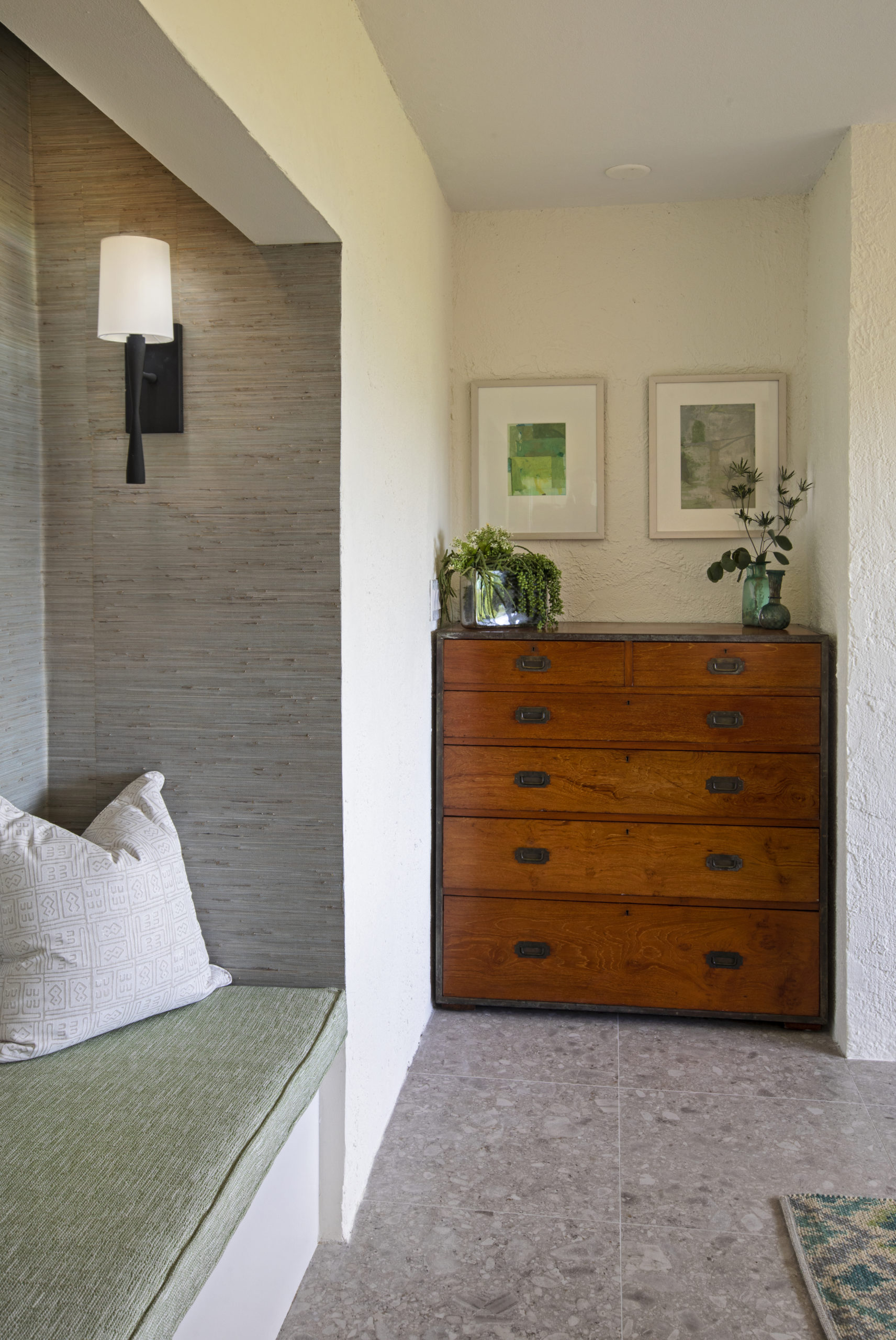
As a consumer, you should want to dig into these basic styles of billing because different styles lend themselves better to other projects and suit different buying personalities better in some cases. One way to think of hiring a designer is it is almost like speed dating. Who will you choose, and how can you get a feel for who will be the right fit for you? Many design projects go on for years, and your designer will be a regular part of your life as they get to know you and your family. Because of that close working relationship, you need to make sure they are a good fit. Here are some common billing styles to help you better understand what a good fit for your project and personality might be.
1. Design Work
Here is something to be aware of that most consumers don’t realize until they get into the project. Designers generally see design work as the creation of plans and specifications. Creating the design happens before items are purchased. So, the design fee that is charged is for the design, i.e., intellectual property. You are buying the expertise and experience of a well-educated, seasoned professional, so yes, they charge for that experience and specifically to bring it to your home and use it to create unique solutions tailored to you.
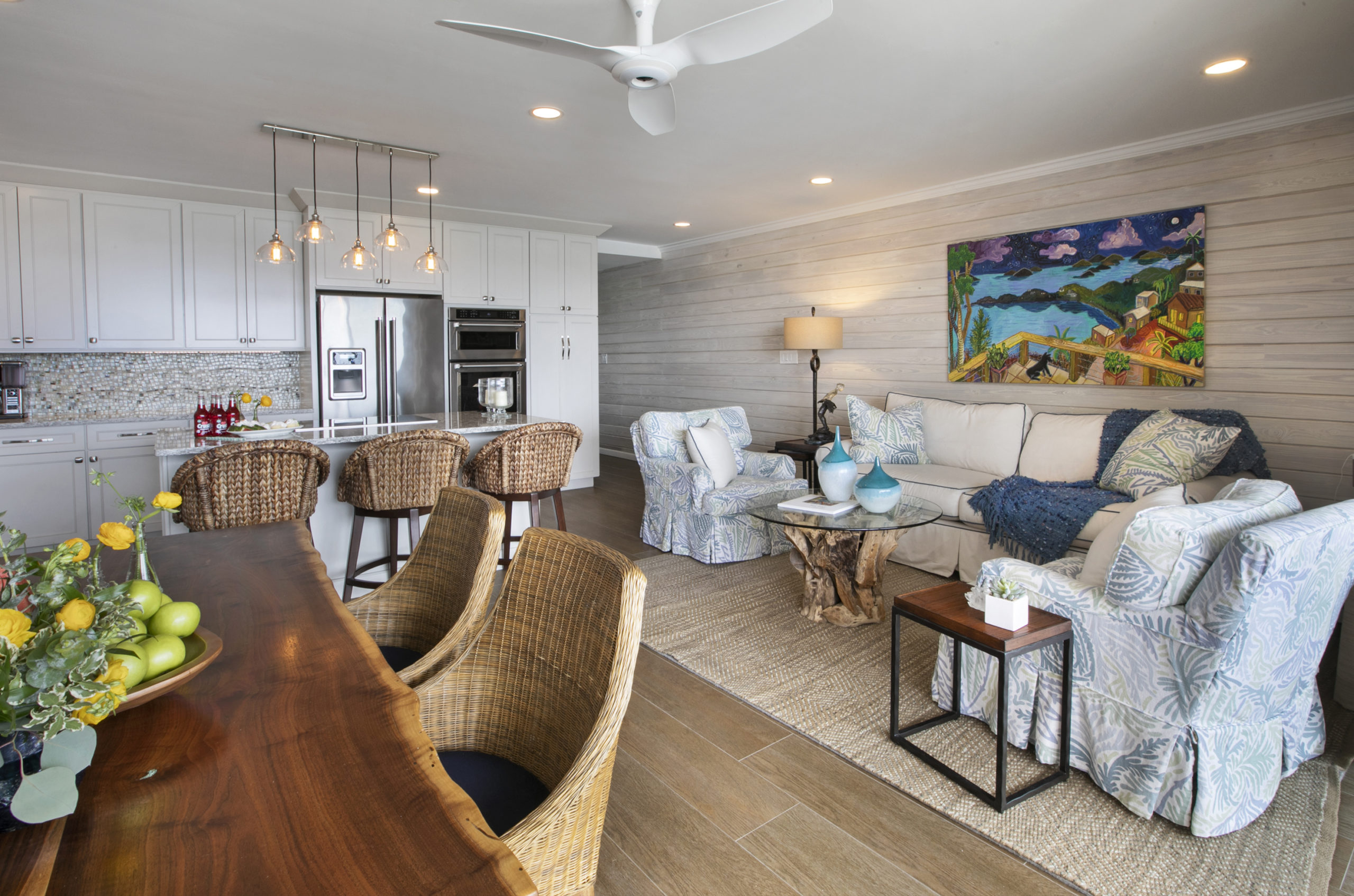
2. Purchase of Furnishings and Handling of Logistics
Once your design is done, you may opt to purchase furnishings through your designer. Of course, there are several ways designers also go about this. At the end of the day, if you want them to handle all your purchasing and logistics and take responsibility for any items that arrive damaged or wrong, they will be earning from your purchase. It’s the only way the service you love and the loyal employees who provide it can be paid. Trust me, you want your designer to be profitable, they will still be there if you need support with an item.
HOW DESIGNERS CAN CHARGE FOR DESIGN
Hourly Billing
The most common business model is hourly billing. With this model, most designers will ask for a retainer up front, and the amount is based on how much time they will need to get the project started. You will likely receive a monthly invoice that includes the designer’s hourly rate. Hourly rates vary widely throughout the industry. Some start as low as $50 per hour, and others charge upwards of $350 per hour. As a consumer, I’m sure it’s confusing and challenging to know the difference and why there would be such a wide range in cost. Here are some key points that could impact a designer’s hourly rate.
First of all, as I write this, I’m assuming that you have verified that the designer you are consulting with has a license and insurance. While the licensing requirements vary by state, every state and territory has guidelines, and insurance is a must for any business. Unfortunately, due to the very low barrier of entry in the design business, not everyone who is advertising services is licensed and insured. So be vigilant in your vetting process and triple-check to make sure who you are working with is licensed and insured.
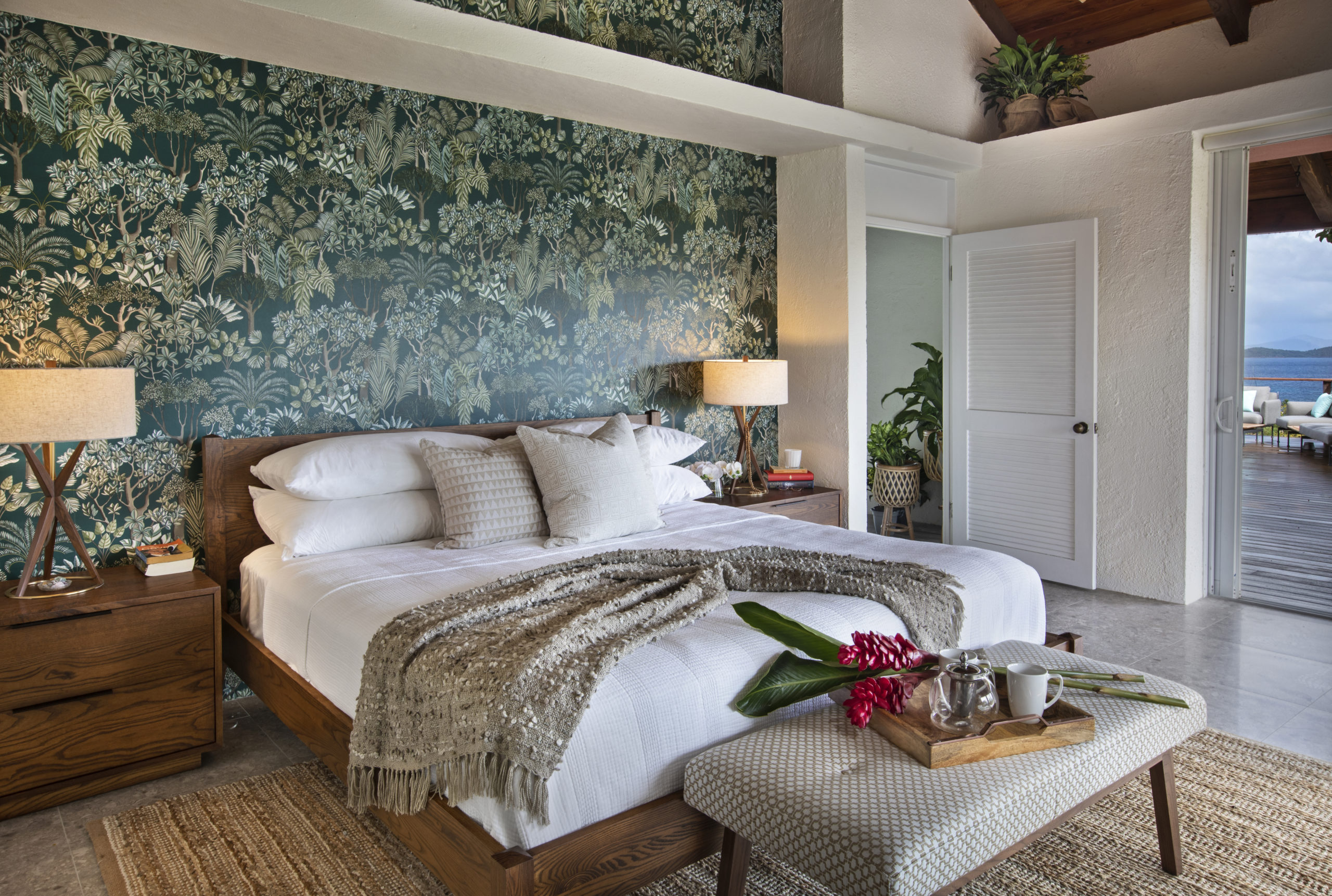
Some other factors that can contribute to a designer’s hourly rate may include:
1. Their Experience Level
Some questions you can ask may pertain to how many years your designer has been in business or what is their educational background. Their website should have an about page that will answer these questions for you.
2. Store Front
Is your designer working out of their home, or are they paying for an office/storefront location? This will affect not only the way they have to price their services but also the client experience. Do you want an office with a full library as a resource for your project, or would you prefer the comfort of someone’s home?
3. The Scope of Work
Your scope of work could also be a factor. Some businesses will charge a slightly higher rate for work that is structural in nature as opposed to just a paint and furniture decorator project. Structural work carries significantly more liability potential for the designer and requires a slightly different skill set than the other.
4. Size Matters
The size of their team and their depth of resources could impact the price point as well. This point is very much what you are paying for! A firm with six team members will generally cost more than a sole proprietor. If you have a large project, you may need the larger team.
We hope we have given you a better understanding of how hourly billing works and how we want you to feel comfortable with the design process, including the investment side of things. Stay tuned for more in our upcoming blogs and to learn the inner workings of flat rate billing.











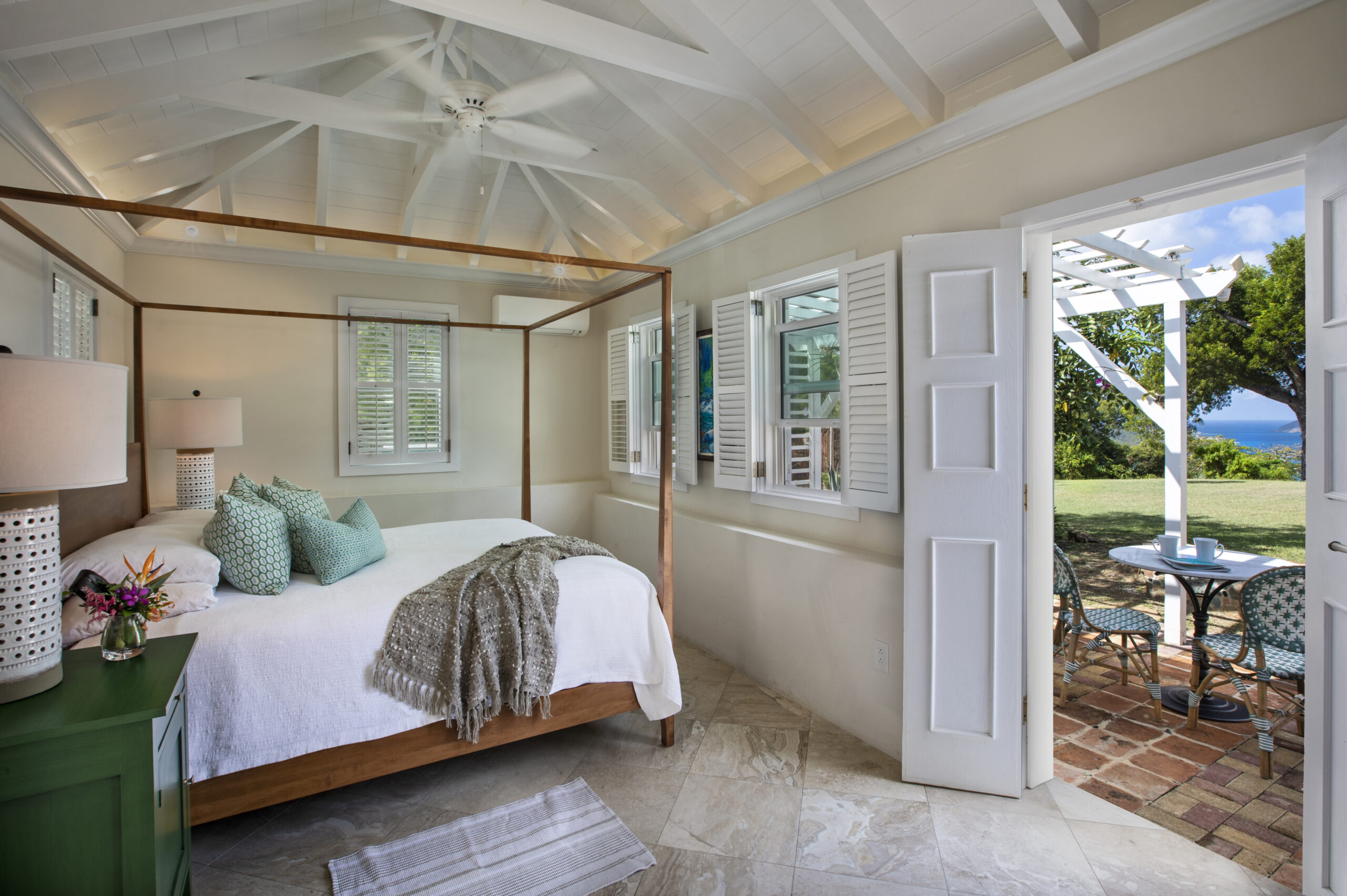

It IS very confusing for consumers, but I love how you have outlined the different factors that go into pricing for design services. Design is creative, but it is also a business!